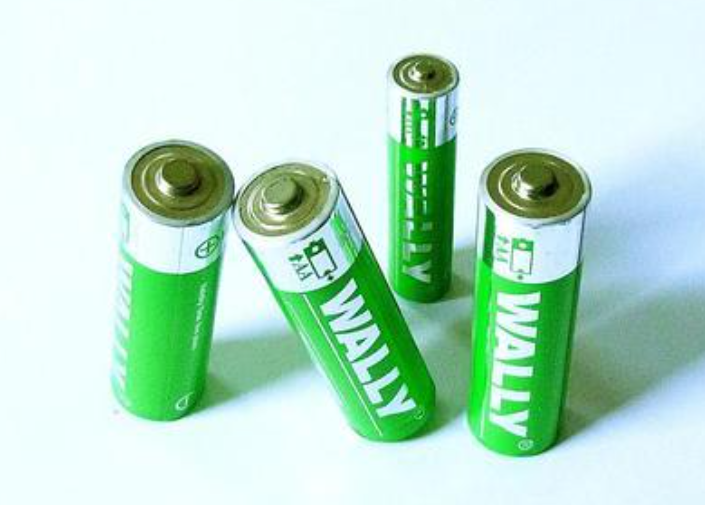Introduction to battery labeling
![]() zhushican2025-04-13【墙绘知识】浏览:278
zhushican2025-04-13【墙绘知识】浏览:278
What is the labeling method for rechargeable batteries as defined by IEC? According to IEC standards, the identification of nickel hydrogen batteries consists of 5 parts. 01) Battery type: HF and HR represent nickel hydrogen batteries. 02) Battery size information: including the diameter and height of circular batteries, as well as the height, width, thickness, and numerical values of square batteries, separated by slashes. Unit: Mm 03) Discharge characteristic symbol: L represents suitable discharge current rate within 0.5C M represents suitable discharge current rate within 0.5-3.5C H represents suitable discharge current rate within 3.5-7.0C X represents the battery can operate at high discharge current rates of 7C-15C 04) High temperature battery symbol: represented by T 05) Battery connector: CF represents no connector, HH represents the connector used for the battery's pull series connector, HB represents the connecting piece used for parallel series connection of battery strips. For example, HF18/07/49 represents a square nickel hydrogen battery with a width of 18mm, a thickness of 7mm, and a height of 49mm, KRMT33/62HH represents a nickel cadmium battery with a discharge rate between 0.5C-3.5. It is a high-temperature series single cell battery (without connecting pieces) with a diameter of 33mm and a height of 62mm. According to the IEC61960 standard, the identification of lithium iron phosphate batteries is as follows: 01) Battery identification consists of 3 letters followed by 5 digits (cylindrical) or 6 digits (square). 02) Letters: Indicates the negative data of the battery. I - represents lithium ion with built-in battery; L - represents lithium metal or lithium alloy electricity. 03) Second letter: Indicates the positive information of the battery. C - Cobalt based electricity; N - Nickel based electricity; M - Manganese based electricity; V - Electricity based on vanadium. The third letter: represents the shape of the battery. R - represents cylindrical battery; L - represents a square battery. 05) Number: Cylindrical battery: 5 numbers to distinguish the diameter and height of the battery. The unit of diameter is millimeters, and the unit of height is one tenth of a millimeter. When the diameter or height of any dimension is greater than or equal to 100mm, a diagonal line should be added between the two dimensions. Square battery: 6 digits to distinguish the thickness, width, and height of the battery, measured in millimeters. When any of the three dimensions is greater than or equal to 100mm, diagonal lines should be added between the dimensions; If any of the three dimensions is less than 1mm, add a letter before this dimension; t. This dimension is measured in one tenth of a millimeter.
For example, ICR18650 represents a cylindrical secondary lithium-ion battery with cobalt as the positive material, with a diameter of approximately 18mm and a height of approximately 65mm. ICR20/1050。 ICP083448 represents a square secondary lithium-ion battery with cobalt as the positive material. Its thickness is about 8mm, width is about 34mm, and height is about 48mm. ICP08/34/150 represents a square secondary lithium-ion battery with cobalt as the positive material. Its thickness is about 8mm, width is about 34mm, and height is about 150mm. ICPt73448 represents a square secondary lithium-ion battery with cobalt as the positive material. Its thickness is approximately 0.7mm, width is approximately 34mm, and height is approximately 48mm. What are the packaging materials for batteries? 01) Non drying mesons (paper) such as fiber paper, double-sided tape 02) PVC film, tube 03) Connection sheet: stainless steel sheet, pure nickel sheet, nickel plated steel sheet 04) Lead out sheet: stainless steel sheet (easy to solder) pure nickel sheet (firmly spot welded) 05) Plug type 06) Maintenance components such as temperature control switches, overcurrent maintainers, current limiting resistors 07) Paper boxes, paper boxes 08) Plastic shell battery packaging, combination and design goals? 01) Beauty, 02) Limit of battery voltage, multiple batteries need to be connected in series to obtain a higher voltage, 03) Maintenance of batteries
https://www.custom-battery-packs.com:Custom Battery Packs Battery Packs Custom Batteries

